Research on best practice confirmed that children thrive best when placed in a family environment. As such, the Authority will promote family reintegration and the placement of children in a family environment when making decisions on the living arrangements for a child.
Research has also shown that mentally healthy children who have loving parents, and by extension loving primary caregivers, have healthier brain development. Alternatively, children who are depressed or have been victims of abuse are more likely to have stunted brain development and a lowered ability to deal with stress. These findings have significant psycho-social implications as evidence suggests that unless helped, abused children are more vulnerable to disruptive and high-risk behaviours.
Family reintegration focuses on the child’s return to his/her immediate or extended family, where this is possible and in the best interest of the child. This will be done through strengthening families and building capacity within homes.
When family reintegration is not possible, and removal from the family setting is necessary, the Authority will ensure the provision of high quality and nurturing care through integrating the child into a family environment. This will be done by exploring alternative care options such as Adoption and Foster Care. It is important to note that at present, the primary placement option for children is residential care. The Authority will work, therefore, with the management of Community Residences with the aim of reintegrating children with their natural familieswhere appropriate, possible and in the best interest of the child.
The Children’s Authority will work with the child and the family to ensure that the required interventions are implemented in order to avoid the escalation of problems to the point where children must be removed.
The main objective of the Authority’s intervention will be two-fold:
- To assist families in developing healthy, nurturing relationships.
- To build capacity within families, to improve, among other things, their parenting, socio-economic, and financial management skills.
Methods used may involve direct counselling, mediation, advocacy, education and any other support deemed necessary. Depending on the individual child and family situation, auxiliary assistance may be obtained through referrals to social sector partners which may include, but will not be limited to:
- Welfare Grants (Social Welfare Department, Ministry of Social Development and Family Services)
- Conditional Transfer Programme Cards (“food cards”), (Ministry of Social Development and Family Services)
- Housing Assistance (Housing Development Corporation, Self Help)
- Substance Abuse Intervention (Piparo Empowerment Centre)
- Education (Ministry of Education, Adult Literacy Tutors Association)
- Adolescent /Youth Programmes (Geriatric Adolescent Partnership Programme, Civilian Conservation Corps, Multi-Sector Skills Training Programme, On the Job Training Programme)
- Choices Programme (for adolescent mothers and mothers-to-be)(Child Welfare League)
- Home for Teenage Pregnant mothers Mary Care (residential home)
- Mediation (Community Mediation Unit of the Ministry of Community Development and/or the Mediation Council of Trinidad and Tobago)
- Parenting Programmes (MSDFS, Creative Parenting, Parenting TT, Common Sense Parenting, Love and Logic, Families in Action, etc)
After working with the child and family for six months, cases will be referred to an external agency, while the Children’s Authority continues to monitor the interventions being made. The progress of each child and family will be monitored until the child attains the age of eighteen. This timeframe can be extended or reduced on an as-needs basis, until the most critical stage has passed, and the family can be easily followed up by an external partner.
At present, more than eight hundred (800) children reside in Community Residences across Trinidad and Tobago. Although for the past decade Community Residences have been the number one placement option for children in need of care and protection, research shows that children thrive best when raised in a family environment. The Authority will work, therefore, with the management of Community Residences with the aim of reintegrating children with their natural families, or placing them in other suitable and stable family environments.
